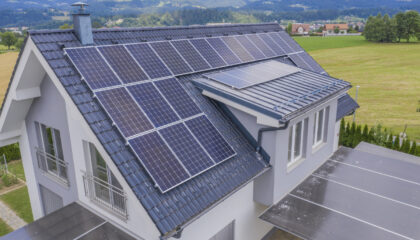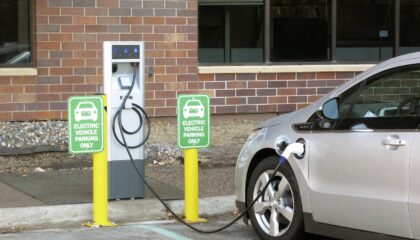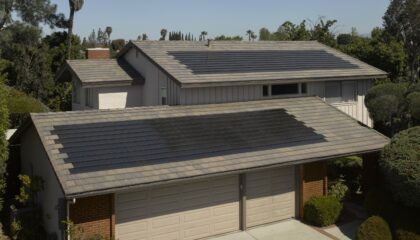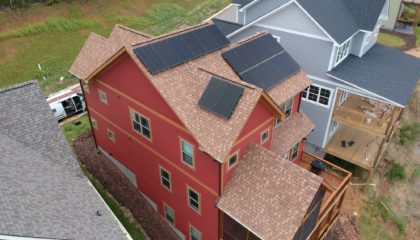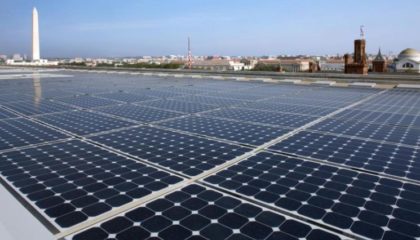Craft Brewers Going Solar
Craft brewers love to sell themselves as environmental activists. How can you tell a sincerely sustainable business from those looking for a selling point? One answer, solar.
The Relationship Between Brewers and Environmentalism
Millennials love craft brewers, and craft brewers are very aware of what the Pew Research Center found in 2014. Millennials look for socially and environmentally responsible businesses and are willing to pay more for sustainable products.
As Millennials are the biggest generation, marketing to them is important. Having a green (or green-washed) business brings in customers excited to support an environmentally-friendly organization.
Craft brewers also must combat the fact that they are a water-intensive industry; a gallon of beer from an average brewery requires seven gallons of water. While most customers would still drink their favorite brew despite the water consumption, water availability and quality are growing environmental concerns directly affecting and affected by breweries. An organization marketing to an environmentally-conscious generation needs to balance environmental cons with environmental pros.
Follow the Money
While craft brewers modify their businesses and processes in a variety of ways to become more sustainable, a customer dedicated to finding the most sustainable beer needs only to follow the money. Businesses who make investments in environmentally-conscious practices are using part of their profits for a greater cause.
A great way to invest in the environment is installing solar arrays. Of the 6,000 American craft breweries, only 100-150 have solar arrays, and ten of those call North Carolina home.
Check out some local breweries going beyond greenwashing
SolFarm Solar Co. has installed solar energy systems at Apothecary Beverage and Buchi Kombucha. Visit their sites to learn more about their brands.
- Published in Climate Change, Solar News, Solar Technology
Solar Trumps Coal Environmentally and Economically
In a competitive market, coal is more expensive than both solar and wind.
In 2001, Texas created a competitive electricity market in that the least expensive resources go on the grid first. At that time, wind supplied less than one percent of Texas’ energy. As of 2018, 20 percent of the market is wind power. With technology and increased production lowering the cost of renewables, there are less arguments, than ever before, for the steady destruction of mountainous landscapes created by America’s need for coal.
Due to the competitive market, Texas has retired coal-fired plants, replacing them with natural gas which is significantly less expensive. By the end of next year, wind is expected to generate more electricity for Texans than coal as more plants are retired. However, these retired plants are largely being replaced by more efficient and less expensive natural gas plants. While natural gas beats coal in an environmentally-friendly competition, it is still a fossil fuel.
Texas’ competitive electricity market creates a fairer fight between renewables and fossil fuels when compared to other state and federal energy policies. Still, fossil fuels have an advantage. The hidden costs related to fossil fuel use like the consequences of climate change, explosions during drilling, transportation, spills and leaks, or burning process, and the pollution of land surrounding gas wells, is not included in the price comparisons of natural gas and renewables.
However, there is still hope. As we continue to burn the finite source of natural gas, it will face the same, inevitable dilemma of oil and coal. The low hanging fruit will be harvested, and the remaining sources will be difficult, dangerous, and expensive to gather while the cost of renewable energy continues to plummet. Someday, the market will favor it.
Will the invisible hand of the free market move soon enough? Don’t wait to see. Ease America’s dependency on fossil fuels by making a personal change in your energy source. Contact SolFarm Solar Co to see what you can do to save the planet.
- Published in Climate Change, Policy, Solar Energy, Solar News, Solar Technology



